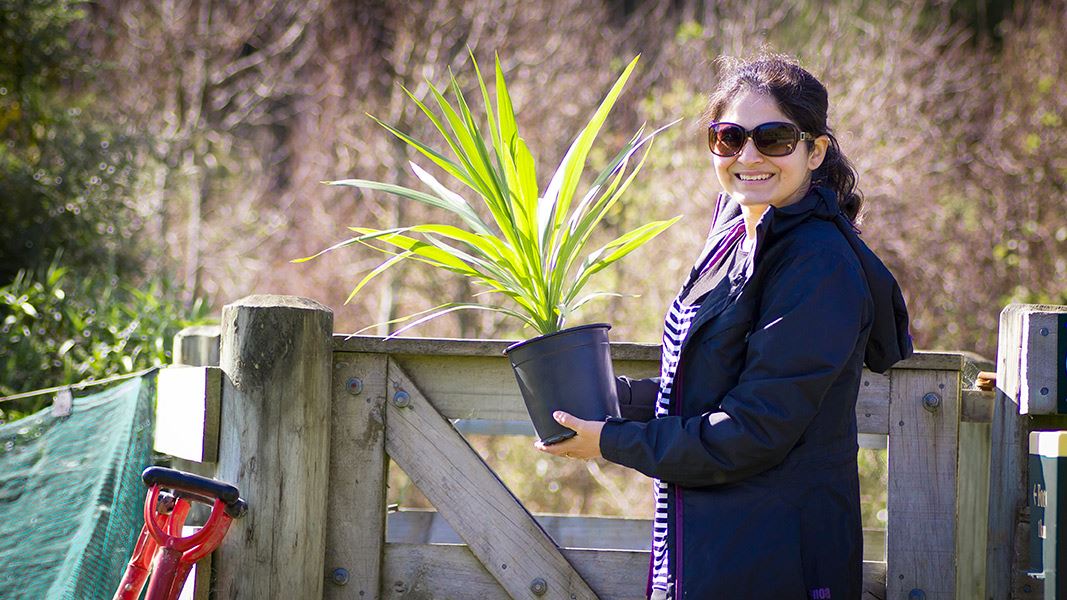Get involved in activities around the country, and find out about volunteering for conservation.
Have your say on issues we are consulting on, and see past consultations.
New Zealand's special wildlife is facing serious threats, and more action is needed to save it. The problem is big, so we need more help to stop the loss of our native species and habitats.
You need permission from DOC for interacting with wildlife, importing and exporting endangered animals and plants (including their parts), and using public conservation land or waters for specific activities.
Find resources to support conservation teaching and learning, and DOC supported education programmes you can get involved in.
Learn more about conservation with an online or field based training course, or with our Summer Internship Programme.
How to start, improve or evaluate a conservation project. Get information on guidelines and best practice.
Find out about funding sources for community groups and landowners.
